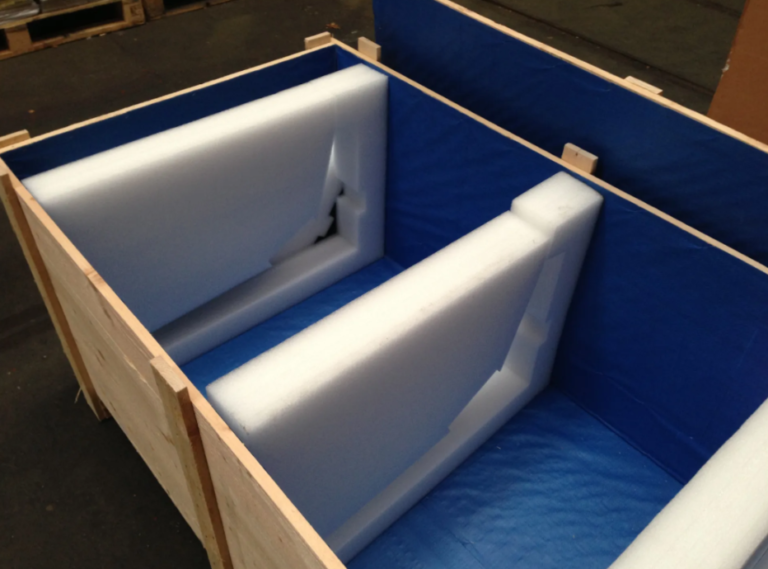Maximizing Performance and Efficiency Through Dynamic Balancing
The pursuit of optimal performance and operational efficiency is relentless in the high-stakes realm of contemporary equipment and mechanical systems. Achieving smooth functioning with little vibration is a crucial engineering goal, whether it is in household appliances, industrial turbines, car engines, or aircraft components. Dynamic balancing, a precise technique that modifies mass distribution in rotating components to drastically reduce mechanical vibrations, is one tried-and-true solution to this problem. Dynamic balancing corrects imbalance in several planes, allowing machines to operate more quietly, sustainably, and economically than static balancing, which only takes into account gravitational forces in one plane. This article explores how dynamic balancing improves equipment performance while also lowering costs, increasing safety, and boosting mechanical dependability in general.
Comprehending the Principles of Dynamic Balancing
Finding and fixing an uneven mass distribution in spinning machinery is known as dynamic balancing. It considers the entire spectrum of forces acting on a moving object, including centrifugal forces, which arise from an unequal distribution of mass around a rotational axis. Unwanted vibration and stress caused by these imbalances can hasten component wear and, if unchecked, result in catastrophic failure. Mounting the component on a balancing machine, measuring the vibration, and determining the precise location and mass to be added or deleted are the usual steps in the procedure. Computerized sensors and software are frequently used by modern balance machines to provide accurate readings, enabling highly accurate corrections by specialists.
Enhancing Operational Efficiency and Performance
The way dynamic balancing improves mechanical performance and efficiency is where its advantages are most noticeable. Because the system has to work harder to correct for irregular motion, components that are out of balance use more energy. For example, even a small imbalance can result in higher energy consumption and current draw in electric motors and pumps. This inefficiency eventually results in increased operating expenses and a need for more frequent repairs. Dynamic balancing reduces energy waste and allows equipment to run at maximum efficiency and speed without experiencing unnecessary strain. This results in not just improved performance but also appreciable maintenance and energy cost savings. Companies that incorporate reliable dynamic balancing solutions into their standard maintenance procedures frequently report longer operational life for vital gear and fewer equipment breakdowns.
Read more: Can Solar Generators Power an Entire Home?
Improving the Reliability and Life of Equipment
Dynamic balancing’s effect on the robustness and dependability of equipment is another important benefit. Unbalanced vibration can result in fatigue cracking, misalignment, and early wear of mechanical parts such as seals, couplings, and bearings. These problems may compound over time and necessitate expensive repairs or even the replacement of entire pieces of equipment. Dynamic balancing safeguards these essential parts by reducing vibration at its source, guaranteeing that the machine stays within its intended tolerances for the duration of its life. This is especially crucial in sectors like manufacturing, aviation, and energy production, where downtime is costly.
Industry-Wide Applications
Many different industries use dynamic balancing, each with its own set of needs and difficulties. It is employed in the production of automobiles to balance wheels, crankshafts, and driveshafts, enhancing ride comfort and minimizing suspension system wear. The stakes are much higher in the aerospace industry, where safe and effective flying depends on the perfect balancing of rotor blades, turbines, and jet engine components. Dynamic balancing is essential to the efficient operation of turbines and generators in power production facilities, where even small vibrations can result in hazardous mechanical breakdowns or large energy losses. Fans and blowers are dynamically balanced in the HVAC sector to enhance airflow efficiency and minimize noise.
Aspects of Safety and Economy
Dynamic balancing is important for economic and safety reasons in addition to mechanical performance. From a financial perspective, balancing prolongs the life of equipment, lowers energy usage, and minimizes unscheduled maintenance costs—all of which improve the bottom line. More significantly, it improves safety by lowering the possibility of mechanical malfunctions that can put workers in danger or interfere with production. Unbalanced rotors can pose a major safety risk and result in catastrophic damage in high-speed applications like centrifugal compressors and turbines.
The importance of dynamic balancing in attaining optimal mechanical performance will only increase as technology advances and demands on machines increase. Integrating dynamic balancing into operations is not just a smart concept, but also a strategic need for businesses trying to optimize return on investment in their infrastructure and equipment.






